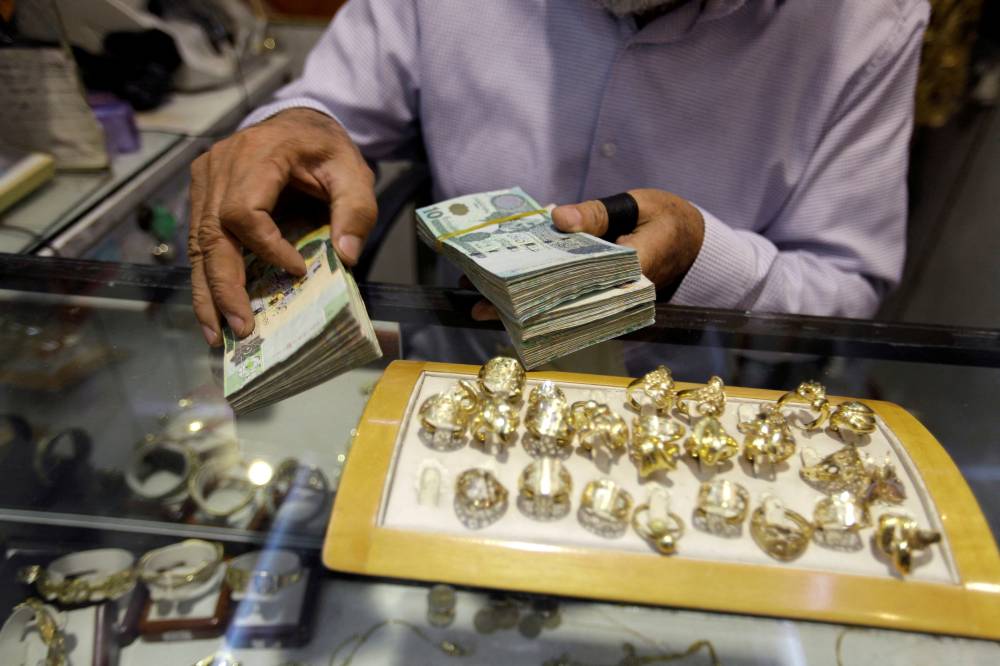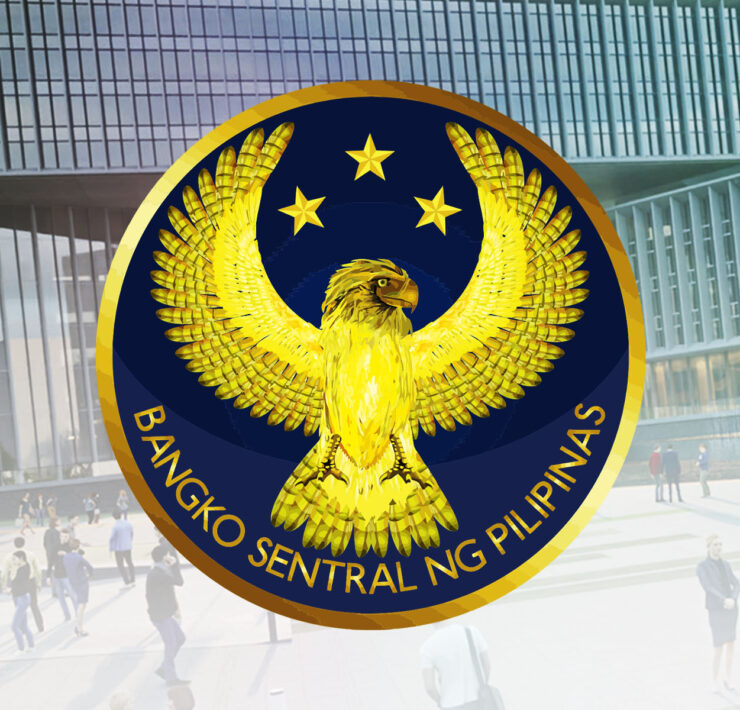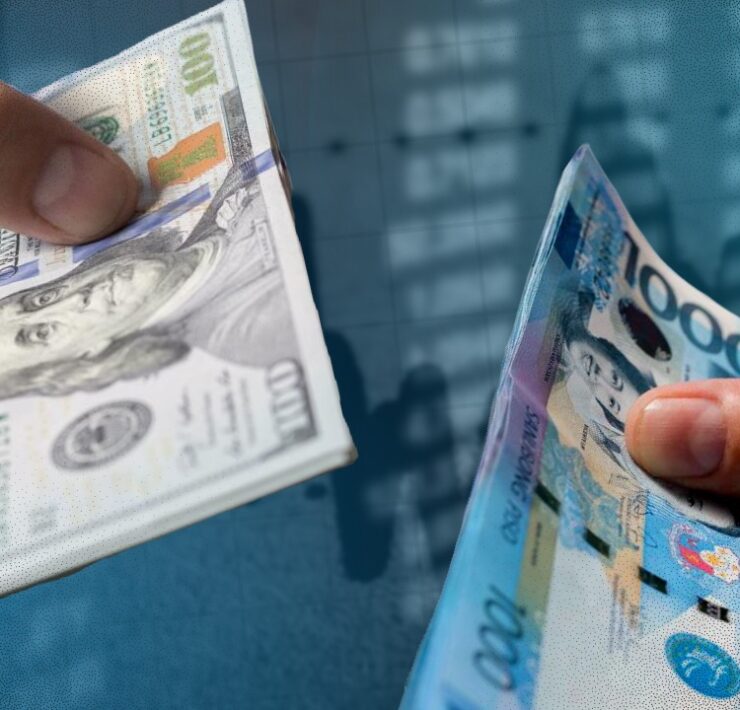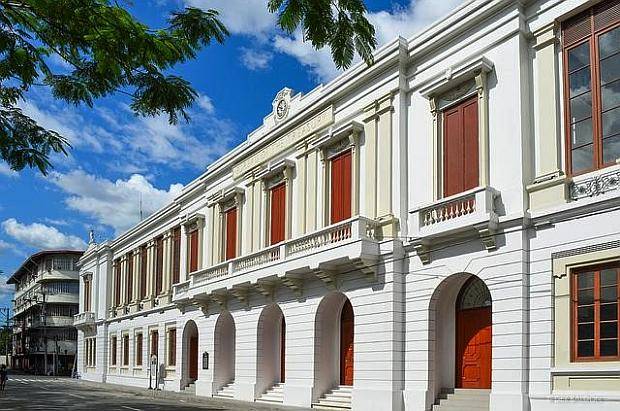Illicit banknotes in east Libya, some made by Russia, hit dinar

Unofficial Libyan banknotes have been exchanged for real dollars and contributed to the dinar’s devaluing, three sources familiar with the matter told Reuters, adding that some notes were printed by Russia and exported to eastern Libya this year while others were printed illicitly within Libya.
The new banknotes have been described as counterfeit by the Central Bank of Libya (CBL) in Tripoli but are being changed into hard currency on the black market or through local banks, according to a source in Libya’s eastern government, a Libyan banking source, and a diplomatic source.
The money has been used to fund infrastructure projects in the east following last year’s devastating floods, the eastern government source and the banking source said. The money may also be used to finance Russian mercenary activity in Libya and the Sahel, the diplomatic source said.
Russia’s role in the infusion of new banknotes into Libya was flagged to Reuters by The Sentry, an international investigative and policy group focused on corruption and war crimes.
Neither the Tripoli-based Central Bank of Libya nor its branch in Benghazi responded to requests for comment from Reuters. There was no immediate response from the Libyan National Army, which holds all of eastern Libya, to a Reuters request for comment.
Russia’s state money printer, Goznak, did not respond to a written request for comment.
Libya split in 2014 between warring eastern and western factions. Despite a 2020 truce and efforts to formally reunify institutions, a political solution has proven elusive with new bursts of conflict constantly on the horizon.
The US State Department in June sanctioned Goznak for printing more than $1 billion in counterfeit Libyan currency, without saying where or when the notes were printed or delivered.
Russia had supplied eastern authorities with several billion dinars from 2016 until a 2020 ceasefire, helping allied eastern commander Khalifa Haftar and the government he backed in Benghazi. Its provision of new banknotes this year was not previously known.
The dinars imported between 2016-20 were formally issued by CBL’s eastern branch in Benghazi and bore the signature of its governor Ali al-Hibri. Their issuance aggravated economic splits inside Libya, with different exchange rates in different parts of the country.
After the ceasefire and banking reunification efforts, the main CBL branch in Tripoli under governor Sadiq al-Kabir accepted the Russian-printed notes issued by Hibri as legal tender.
Hibri was replaced in 2022. Kabir then said the new notes should not be used, but authorities in eastern Libya have insisted that any institutions declining them would be punished.
Libya’s dinar began falling last year but slid more quickly during early 2024, a slump the diplomatic source and the banking source attributed to the infusion of new notes in the east.
Reuters, the news and media division of Thomson Reuters, is the world’s largest multimedia news provider, reaching billions of people worldwide every day. Reuters provides business, financial, national and international news to professionals via desktop terminals, the world's media organizations, industry events and directly to consumers.




















